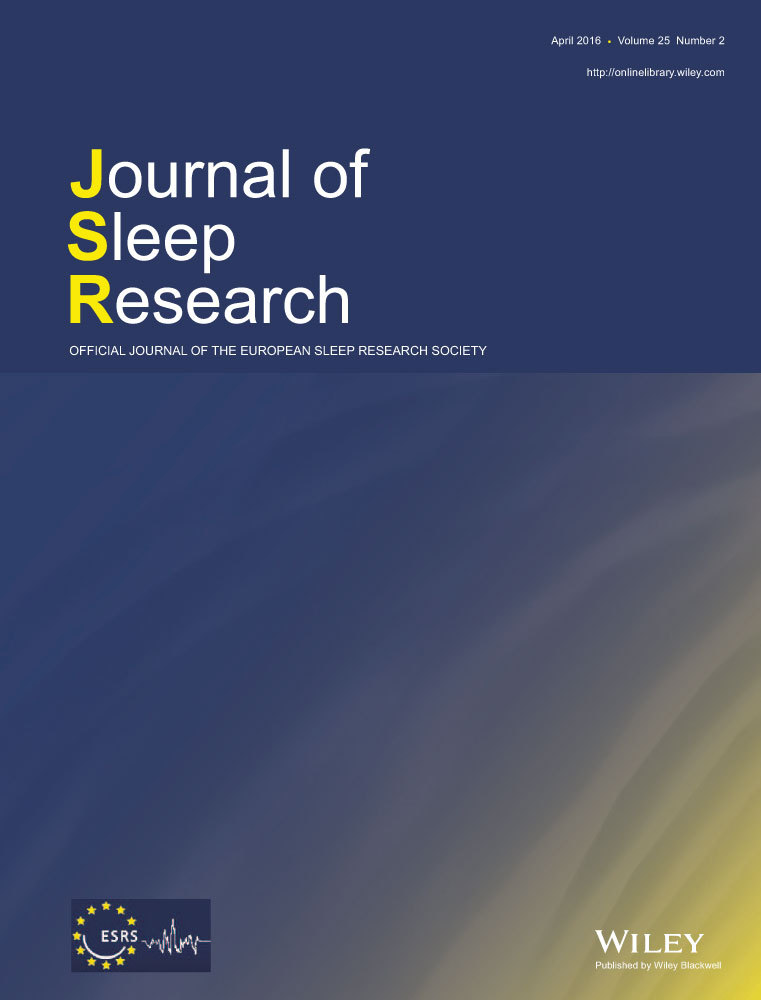Rapid eye movement sleep behaviour disorder symptomatic of a brain stem cavernoma
Summary
A 75-year-old man complained of excessive daytime sleepiness (EDS), difficulty falling asleep and nocturnal agitation during sleep. Restless legs syndrome (RLS) was diagnosed and treated. Because of persistent EDS, snoring and nycturia, a nocturnal polysomnography (PSG) was performed. PSG showed high sleep fragmentation related to a moderate to severe obstructive sleep apnea syndrome. Continuous positive airway pressure treatment (CPAP) was proposed. Because of the persistence of abnormal nocturnal behaviours, characterized by screaming, punching and falling out of bed, a video-PSG with CPAP treatment was performed. The recording showed typical chin electromyography (EMG) activity increase associated with violent movements during rapid eye movement (REM) sleep, suggesting REM sleep behaviour disorders (RBD). Clinical neurological examination found no parkinsonian syndrome, no dysautonomic sign and no neurological focal sign. Dopamine transporter imaging [123I-FP-CIT single photon emission computed tomography (SPECT)] did not find any presynaptic dopaminergic pathways degeneration. Brain magnetic resonance imaging showed a vascular lesion suggestive of cavernoma located in the pons. The present case illustrates the complexity of sleep disturbance diagnosis with a possible entanglement of aetiologies responsible for nocturnal agitation, and confirms that an isolated pons cavernoma should be considered among the rare causes of RBD.




